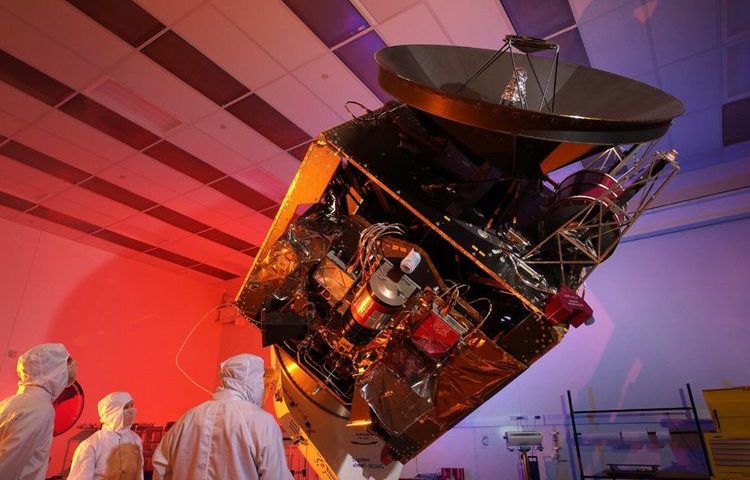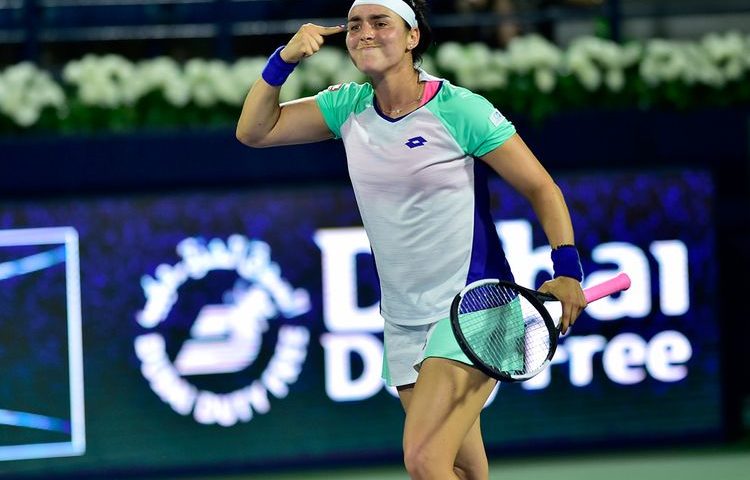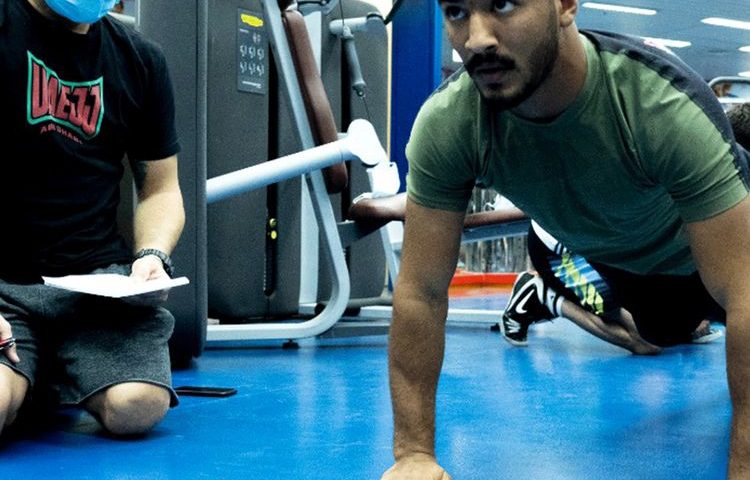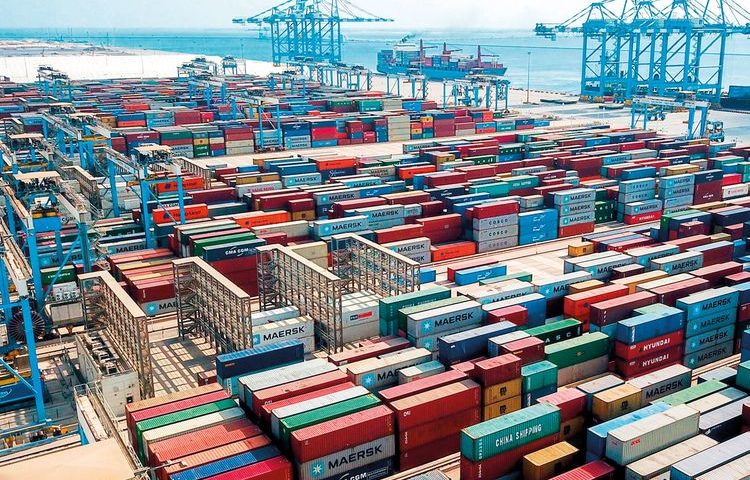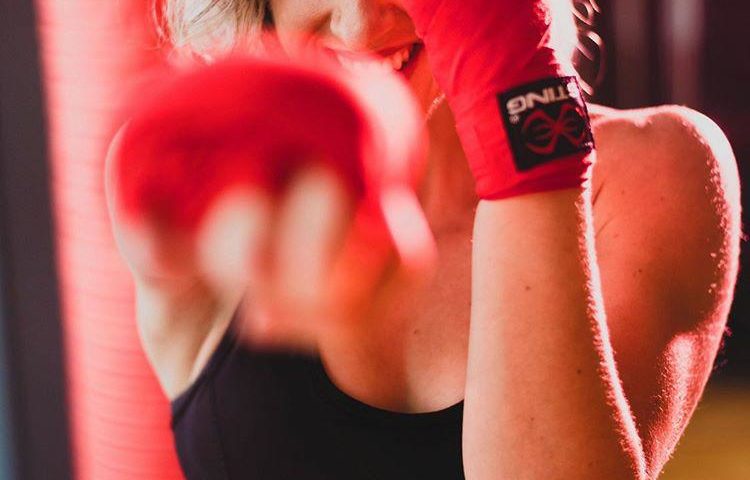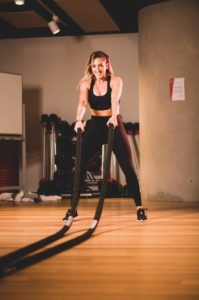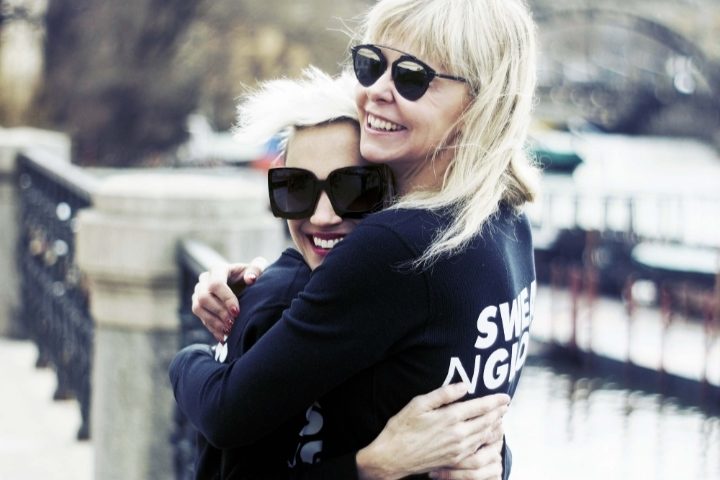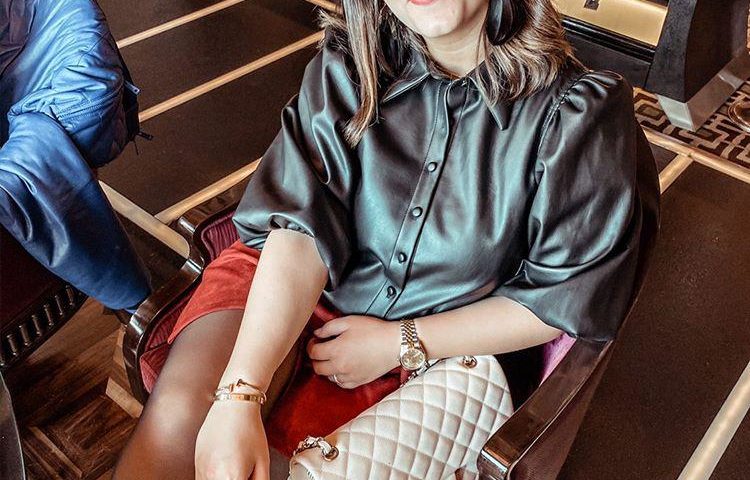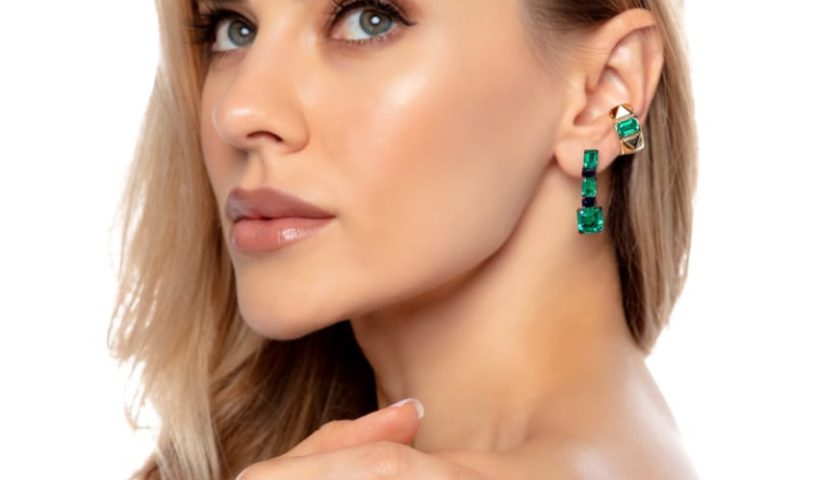Petra was born in a small town in the Czech Republic called Kromeriz. Czechoslovakia at the time was communist. Under communism, the government tested all children to decide what schools they should attend based on their athletic and academic abilities. Petra has an athletic gene, as her father was a pro volleyball player and her uncle a pro soccer player. Following in their footsteps, Petra also excelled athletically with a focus on tennis and volleyball. One would think she would be tracked exclusively for an athletic program but she was chosen for a school for gifted children in math and science and she became a chess champion at a very young age.
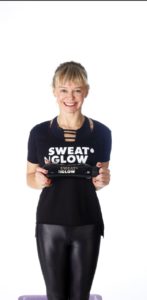
Petra studied international business, trade and diplomacy at the Prague School of Economics while supporting herself as a model. Modeling success notwithstanding, Petra finished both undergraduate and graduate degrees at the top of her class and moved to the United States to attend law school at Georgetown University. Petra was first in her class in law school & practiced law at the international law firm of O’Melveny & Myers, LLP representing many political nominees and appointees during the Bush Administration. She was subsequently recruited for the Obama Presidential Transition and later the Obama White House where she served as General Counsel to the White House Council of Economic Advisors and Senior Advisor to the President.
While working as a lawyer, Petra continued to exercise religiously competing in marathons, triathlons and other running competitions. One day while injured, Petra tried hot Bikram Yoga and her life has forever changed. Not only did she notice a physical transformation, she also observed improved focus, concentration and other psychological benefits. At some point, Petra crossed paths with the founder of Bikram Yoga, Bikram Choudhury, who recruited her to become the President and CEO of Bikram Yoga brand and leave Barack Obama and his White House.
Petra, as an avid practitioner of the hot yoga formerly known as Bikram Yoga, knew and enjoyed all of the extraordinary benefits derived from the twenty six postures and two breathing exercises. However, the well-documented failures of Bikram Yoga’s namesake founder created chaos in the community. Out of the chaos Petra built SweatNGlow, a global hot yoga brand, that is modernizing hot yoga world through innovation and positive value system while honoring the twenty six and two as its core practice.
Petra was born in a small town in the Czech Republic called Kromeriz. Czechoslovakia at the time was communist. Under communism, the government tested all children to decide what schools they should attend based on their athletic and academic abilities. Petra has an athletic gene, as her father was a pro volleyball player and her uncle a pro soccer player. Following in their footsteps, Petra also excelled athletically with a focus on tennis and volleyball. One would think she would be tracked exclusively for an athletic program but she was chosen for a school for gifted children in math and science and she became a chess champion at a very young age.
While working as a lawyer, Petra continued to exercise religiously competing in marathons, triathlons and other running competitions. One day while injured, Petra tried hot Bikram Yoga and her life has forever changed. Not only did she notice a physical transformation, she also observed improved focus, concentration and other psychological benefits. At some point, Petra crossed paths with the founder of Bikram Yoga, Bikram Choudhury, who recruited her to become the President and CEO of Bikram Yoga brand and leave Barack Obama and his White House.
Petra, as an avid practitioner of the hot yoga formerly known as Bikram Yoga, knew and enjoyed all of the extraordinary benefits derived from the twenty six postures and two breathing exercises. However, the well-documented failures of Bikram Yoga’s namesake founder created chaos in the community. Out of the chaos Petra built SweatNGlow, a global hot yoga brand, that is modernizing hot yoga world through innovation and positive value system while honoring the twenty six and two as its core practice.

